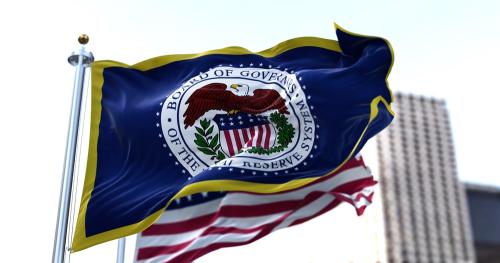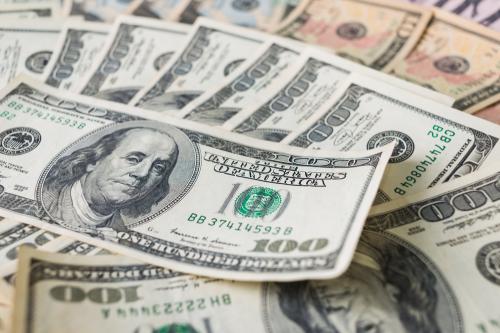EXECUTIVE SUMMARY
Of the currencies of the world’s six largest economies, China’s renminbi is the only one that is not a reserve currency. In this study, we consider three related but distinct aspects of the renminbi’s role in the global monetary system:
- Internationalization: its use in denominating and settling cross-border trade and financial transactions, that is, its use as an international medium of exchange.
- Capital account convertibility: the country’s level of restrictions on inflows and outflows of financial capital. A fully open capital account has no restrictions.
- Reserve currency: whether the renminbi is held by foreign central banks as protection against balance of payments crises.
China’s capital account has become more open as controls on both inflows and outflows have been relaxed. China is promoting the international use of its currency by:
- Permitting the settlement of trade transactions with the renminbi.
- Easing restrictions on cross-border remittances of the renminbi for settlement.
- Allowing the issuance of renminbi-denominated bonds in Hong Kong and by foreigners in the Mainland.
- Permitting selected banks to offer offshore renminbi deposit accounts.
- Setting up local currency bilateral swap lines with other central banks.
These steps are gaining traction, although they are still modest in scale. A big advantage for China is that Hong Kong provides an effective platform for launching these measures in an experimental manner without full capital account opening.
The renminbi’s prospects as a reserve currency will be influenced by these criteria:
- Economic size: A country’s size and its shares of global trade and finance are important, but not crucial, determinants of its currency’s status as a reserve currency. China now accounts for 10 percent of world gross domestic product (15 percent if measured by purchasing power parity rather than market exchange rates) and 9 percent of world trade. In 2011, it is estimated to have accounted for about onequarter of world GDP growth.
- Open capital account: The currency must be easily tradable in global financial markets with no restrictions on capital flows. China is gradually and selectively easing restrictions on both inflows and outflows. The capital account has become increasingly open in de facto terms, but there are still extensive capital controls in place.
- Flexible exchange rate: Reserve currencies generally trade freely, and their external value is market determined. China still has a tightly managed exchange rate, which will become increasingly hard to manage as the capital account becomes more open.
- Financial market development: A country must have broad, deep and liquid financial markets so that international investors will have access to a wide array of financial assets denominated in its currency. China has relatively shallow and underdeveloped government and corporate bond markets.
- Macroeconomic policies: Investors in a country’s sovereign assets must have faith in its commitment to low inflation and sustainable levels of public debt. China has a lower ratio of explicit public debt to GDP than most major reserve currency economies and has maintained moderate inflation in recent years.
In addressing these criteria vis-à-vis the renminbi, China faces two major challenges:
- Sequencing of capital account opening with other policies, such as exchange rate flexibility and financial market development, to improve the cost/benefit trade-off.
- Financial market development—strengthening the banking system; developing deep and liquid government and corporate bond markets, as well as foreign exchange spot and derivative markets.
China’s ability to meet these challenges will determine the balance and sustainability of its economic development as well as the renminbi’s role in the global monetary system.
Given its size and economic clout, China is adopting a unique approach, which we refer to as “capital account liberalization with Chinese characteristics.” We anticipate the following outcomes:
- The government’s medium-term objective, which we believe will be achieved in the next five years, is an open capital account but with numerous “soft” controls. This will allow the currency to play an increasingly significant role in global trade and finance, but in a manner that allows the government to retain some control over capital flows.
- The renminbi will be included in the basket of currencies that make up the International Monetary Fund’s Special Drawing Rights basket within the next five years.
- Although China’s rapid growth will help promote the international use of its currency, its low level of financial market development is a major constraint on the likelihood of the renminbi attaining reserve currency status.
- The renminbi will become a reserve currency within the next decade, eroding but not displacing the dollar’s dominance.




